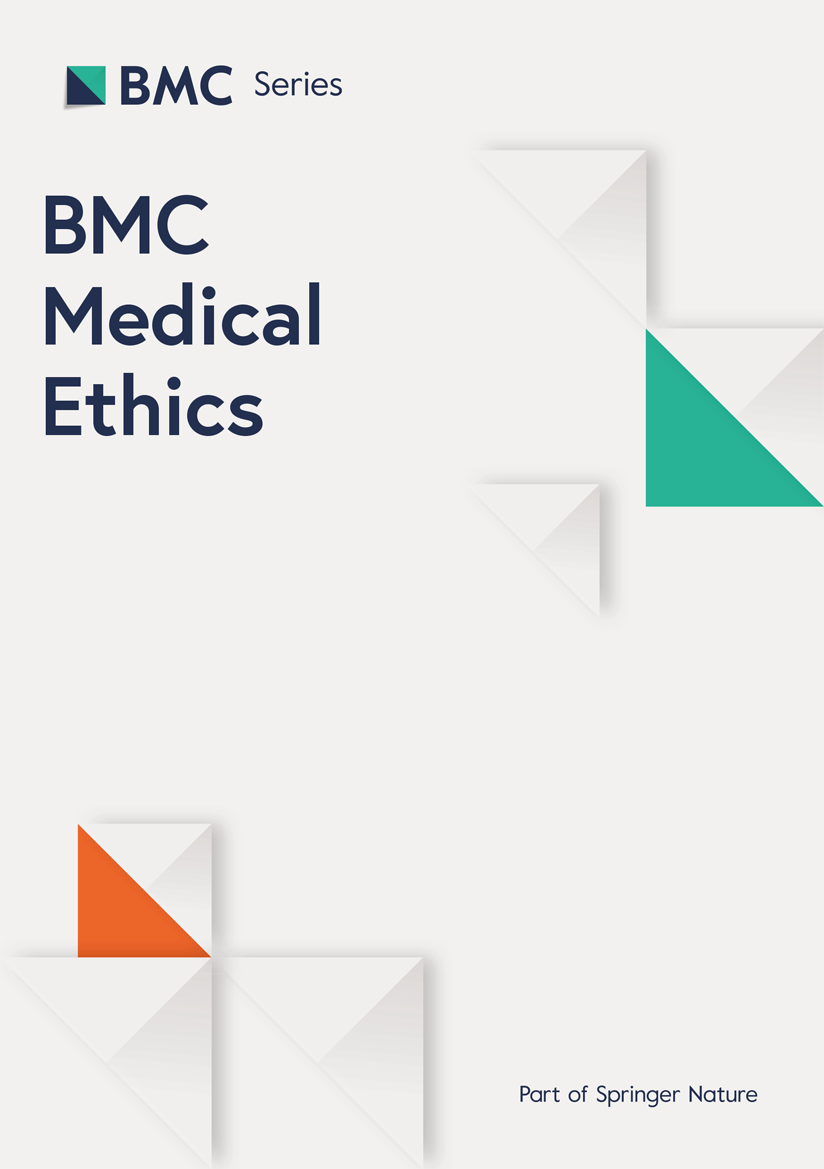Effect of stereo-EEG versus subdural EEG on functional and seizure outcome in pediatric and adult epilepsy surgery: A 21-year single-center experience
(1) To compare use, benefits, and complications of stereo-EEG (SEEG) and subdural EEG (SD) in presurgical epilepsy candidates. (2) To evaluate the effectiveness of both methods in delineation of the epileptogenic zone (EZ) and guiding tailored resective surgery.
We included patients with SEEG or SD evaluations in children and adults at the Bethel Epilepsy Centre, Germany, between 2000 and 2020. We retrospectively assessed epilepsy related parameters, main indication of iEEG (intracranial EEG, for identification of the EZ and functional mapping), complications, seizure, and functional outcome. The second objective was addressed by a subgroup analysis in patients with focal cortical dysplasia (FCD) and mild malformation of cortical development with oligodendroglial hyperplasia (MOGHE) for delineation of the EZ.
Two hundred and nineteen iEEG explorations in 215 patients (age range: 1.3-64.6 years) were assessed (SEEG, n = 78; SD, n = 141). We observed a change in iEEG usage away from SD towards SEEG. In the SEEG group, the decision rate against surgery was higher (SEEG: 23.1% vs. SE: 3.5%, p < .001) and more patients achieved seizure freedom 2 years after surgery (SEEG: 67.8% vs. SD: 46.5%, p = .008). For all iEEG, complications were rare; symptomatic intracranial bleeding only occurred in the SD group (n = 6, 4.3%). In patients with FCD/MOGHE for delineation of the EZ, all patients were operated with favorable seizure freedom after SEEG, but with acceptance of planned neurological deficits (SEEG n = 8, SD n = 20, seizure freedom rate SEEG 87.5% vs. SD 30%, p = .011; neurological deficits: SEEG n = 3 planned motor deficits vs. SD n = 1 unplanned motor deficit due to ischemia).
SEEG has largely replaced SD in iEEG for the identification of the EZ. It is better tolerated and allows more freedom of choice with respect to resective surgery, resulting in the better identification of surgical candidates and delineation of the EZ with favorable seizure outcomes.
SEEG; epilepsy surgery; intracranial EEG; subdural EEG.
© 2025 The Author(s). Epileptic Disorders published by Wiley Periodicals LLC on behalf of International League Against Epilepsy.
REFERENCES
- Frauscher B, Mansilla D, Abdallah C, Astner‐Rohracher A, Beniczky S, Brázdil M, et al. Learn how to interpret and use intracranial EEG findings. Epileptic Disord. 2024;26:1–59.













